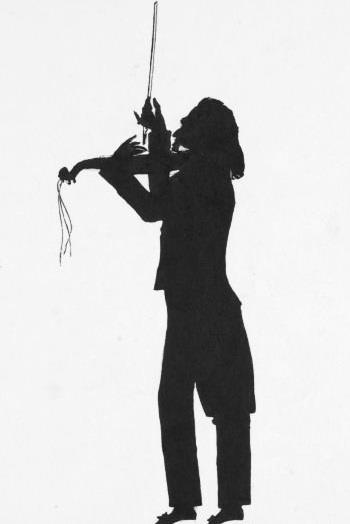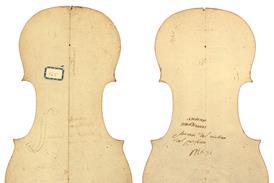Top teachers Boris Kuschnir and Mimi Zweig answer a reader's question for The Strad's Teacher Talk section

I often see top soloists arching their backs and putting up their violins when they play loudly and high on the string. It looks impressive, but not very healthy. What do you think about this?
BORIS KUSCHNIR In the history of violin playing, a large number of very good players were able to continue their careers in their middle and older ages. Today, however, there are few very good middle-aged or older violinists who are still active. There are a lot of reasons for this, and one is certainly the overuse of body movement during concerts, and playing in an unnatural way – having the violin too high, pulling faces, having the right elbow too high, tension, using unrestrained and badly coordinated vibrato, and so on. The element of show becomes too important for these players. Although audiences might like to see performances like these, they shorten the period a soloist can play successfully and still maintain their health. It’s very hard for our bodies to cope with these effects for long periods of time. Even aside from this, focusing too much on showy playing can also kill the music you’re performing.
MIMI ZWEIG Physical motions are an individual, personal expression for each performer. But they should be natural and coordinate with the playing, not interfere with it. You can raise the instrument to counteract the bow pressure and increase your depth of tone, for example. You can also be expressive with the weight and subtlety of the bow arm, and it’s easy to forget that you can also change the tone by slightly lifting the violin (but without lifting the bow arm at the same time).
Read: Ask the Experts: minimising excessive body movements in your playing
This article was published as part of Teacher Talk - in which top teachers answer readers' string teaching queries - in The Strad's December 2011 issue. Click here to subscribe and login. Alternatively, download on desktop computer or through The Strad App.





























No comments yet